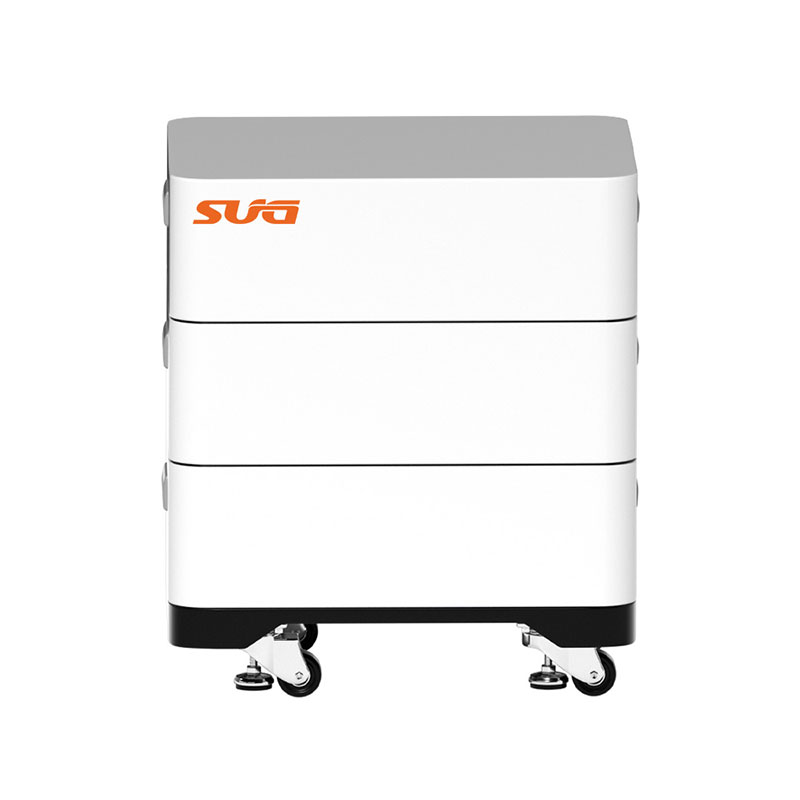In the context of Management Information System (MIS), ESS usually stands for Executive Support System. Here is a detailed introduction:
An Executive Support System (ESS) is a type of management information system that is specifically designed to support the strategic decision-making needs of senior executives in an organization. It provides easy access to internal and external information relevant to the organization's goals and operations, enabling executives to make informed and timely decisions.

Tailored for Executives: It is customized to meet the specific information needs of top-level managers, presenting data in a highly aggregated and summarized form that is relevant to strategic decision-making.
User-Friendly Interface: ESS typically has an intuitive and easy-to-use interface, often graphical in nature, allowing executives who may not have in-depth technical knowledge to quickly access and understand the information presented.
Integrated Data Sources: It integrates data from multiple internal and external sources, such as sales data, financial data, market research reports, and industry trends, to provide a comprehensive view of the organization's performance and its external environment.
Real-Time or Near-Real-Time Information: ESS provides up-to-date information, enabling executives to monitor key performance indicators (KPIs) and critical business processes in real-time or near-real-time and respond quickly to emerging issues or opportunities.
Analytical Capabilities: It offers advanced analytical tools and features, such as data visualization, ad hoc reporting, what-if analysis, and trend analysis, to help executives analyze data, identify patterns and trends, and evaluate different scenarios for decision-making.
Monitoring and Alerting: ESS allows executives to continuously monitor the organization's performance against predefined goals and KPIs. It can send alerts and notifications when certain thresholds are breached or when significant events occur, ensuring that executives are aware of critical issues in a timely manner.
Strategic Planning and Forecasting: By providing historical data and trend analysis, asSSisting in the development of strategic plans and forecasts. Executives can use this information to set goals, allocate resources, and make long-term decisions about the organization's direction.
Decision Support: ESS provides the necessary information and analysis tools to support executives in making strategic decisions. It helps them evaluate different options, understand the potential impacts of decisions, and choose the best course of action based on the available data.
Communication and Collaboration: ESS can facilitate communication and collaboration among executives and other stakeholders. It allows sharing of information and reports, enabling teams to work together more effectively towards common goals.
Performance Monitoring: Executives can use ESS to monitor key performance metrics such as sales revenue, profit margins, market share, and customer satisfaction across different business units and regions. They can quickly identify areas of strength and weakness and take appropriate actions to improve overall performance.
Competitive Analysis: ESS can provide executives with real-time information about competitors' activities, market trends, and industry benchmarks. This helps them stay informed about the competitive landscape and make strategic decisions to gain a competitive advantage.
Risk Management: By integrating data from various sources, ESS can help executives identify and assess potential risks to the organization, such as financial risks, market risks, and operational risks. It can also provide scenario analysis to evaluate the potential impact of different risks and develop risk mitigation strategies.
In summary, the ESS system plays a vital role in the management information system. It can help senior managers better understand the business operations, discover opportunities and solve problems, thereby improving the competitiveness and management performance of the enterprise.
GET A QUOTE